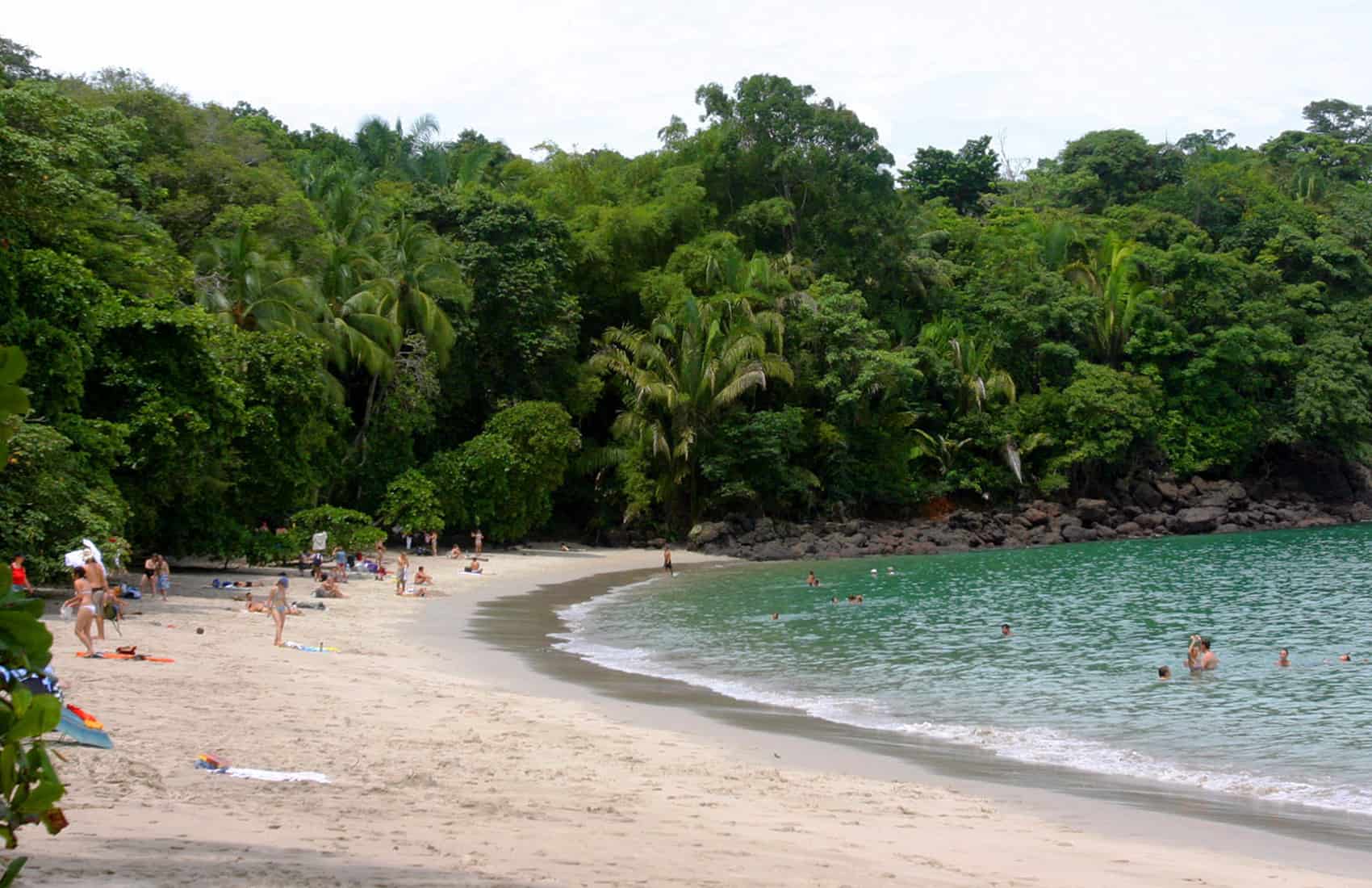Costa Rica plans to make its beaches safer with a $500,000 annual investment between 2020 and 2022 to establish lifeguard programs at the country’s most dangerous beaches.
The Costa Rican Tourism Board (ICT) is also partnering with the Red Cross to place lifeguards this year at Manuel Antonio Beach and Ballena Beach in Puntarenas province, and at Cocles-Manzanillo Beach in Limón, Casa Presidencial announced.
ICT hopes the multi-year investment, in addition to partnerships with local governments and the private sector, will lead to permanent establishment of lifeguards across the country.
“Allocating a greater amount of resources for a lifeguard program will improve the response capacity to address the different incidents involving bathers, actions that directly affect the international image of Costa Rica as a safe tourist destination,” said María Amalia Revelo, the Minister of Tourism.
In 2018, 129 people drowned in Costa Rica, according to Judicial Investigation Police (OIJ). Of those, 54 drowned in a river and 51 in the ocean. Nearly half of the total deaths occurred in Puntarenas province, which contains the popular beach destinations of Jacó, Manuel Antonio and Santa Teresa, among many others.
Casa Presidencial cited a Hispanoamérican University study that says 2,981 people lost their lives in the ocean, river, pond or a pool in Costa Rica between 1990 and 2014, an average of 124 people annually.
In recent years, ICT has installed signs on at least 100 beaches across Costa Rica warning of riptides. The Costa Rican Tourism Board also recently launched a tourist safety campaign that includes water-safety tips displayed at the country’s international airports.
More than 70% of tourists to Costa Rica visit a beach, according to ICT.
This story was made possible thanks to The Tico Times 5% Club. If only 5 percent of our readers donated at least $5 a month, we’d have our operating costs covered and could focus on bringing you more original reporting from around Costa Rica. We work hard to keep our reporting independent and groundbreaking, but we can only do it with your help. Join The Tico Times 5% Club and help make stories like this one possible.







